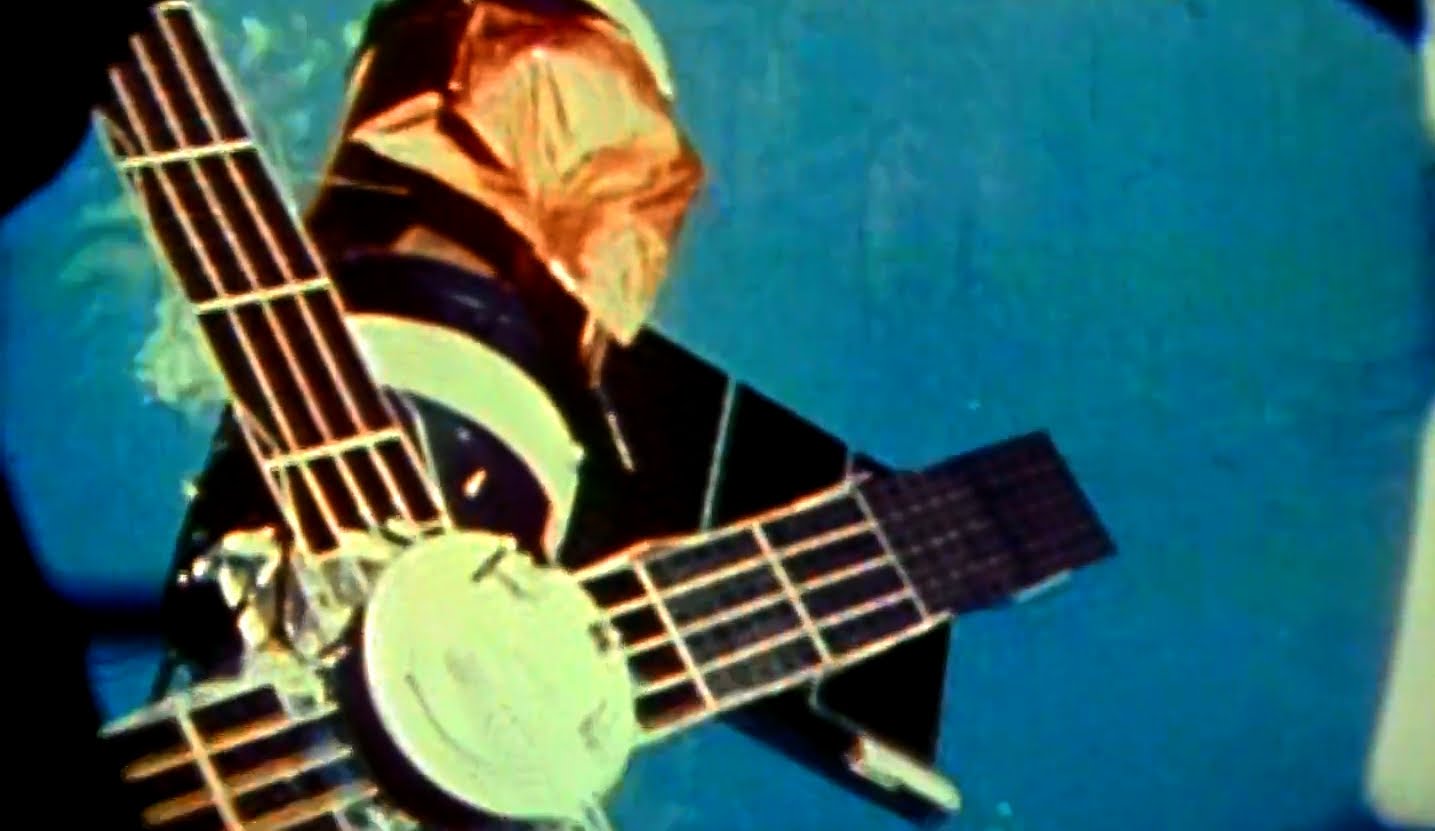more at
“Skylab was the first U.S. manned space station. This is the story of the three missions and the nine astronauts who occupied the manned laboratory for a total of 171 days.” Narrated by E. G. Marshall.
NASA film HQ-239
Reupload of a previously uploaded film, in one piece instead of multiple parts, and with improved video & sound.
Public domain film from NASA, slightly cropped to remove uneven edges, with the aspect ratio corrected, and one-pass brightness-contrast-color correction & mild video noise reduction applied.
The soundtrack was also processed with volume normalization, noise reduction, clipping reduction, and/or equalization (the resulting sound, though not perfect, is far less noisy than the original).
Skylab: lessons learned as applicable to a large space station, 1967-1974
“The Skylab was the Free World’s first experimental space station preceded only by a far less sophisticated space station, also experimental in nature, the Salyut of the Soviet Union. Both vehicles were similar in many respects–both contained working areas, the experiment descriptions were similar, both were revisited. However, the space stations were dissimilar in size, Skylab containing 11,300 cubic feet and Salyut 3,500 cubic feet. Salyut apparently has a propulsion system, whereas Skylab did not.
The maximum mission duration for Salyut was 26 days, whereas Skylab extended manned space experience to 84 days. Skylab was stabilized by attitude thrusters. Skylab proved the utility of long-duration manned flight in low earth orbit…
The space station, Skylab consisted of several modules, each with a specific function (at least originally) and each manufactured by a different industrial organization. The largest segment, the orbital workshop, served as the main living area and contained eating, sleeping, and waste management facilities. In addition, the workshop contained the medical experiment area and storage of several other experiments.
Attached to this section was the section known as the Airlock Module. This section served as the “engine room,” with the controls for the electrical power and environmental control systems located here. It also contained the hatch for the flight crews to egress the space station in orbit for extravehicular activities, hence the name, Airlock.
Connected to the Airlock Module was the Multiple Docking Adapter (MDA), which contained the docking mechanism for accommodating the repeated visits of the ferry module (the Apollo Command and Service Module), as well as the auxiliary docking mechanism needed for potential rescue missions. The MDA also contained the majority of the earth resource experiments as well as the control panels for the solar observation experiments.
The final module which contained these solar instruments was designated the Apollo Telescope Mount (ATM). In orbit the ATM was solar oriented with its axis perpendicular to the major axis of the space station. (During the launch phase, the ATM was oriented along the major axis and was covered, along with MDA and the Airlock, by a protective shroud.
The space station, that is the workshop, A/L, MIA, ATM, all supporting equipment, all consumables and experiments, was placed into orbit using the first two stages of the Saturn V rocket. The launch was from Pad A. Complex 39, Kennedy Space Center, Florida, on May 14, 1973 , at 17:30 GMT (Greenwich Mean Time).”

